For Love: Hazel Belvo at the M
Care, endurance, and what we share across time: a woman's life across decades in Hazel Belvo's retrospective
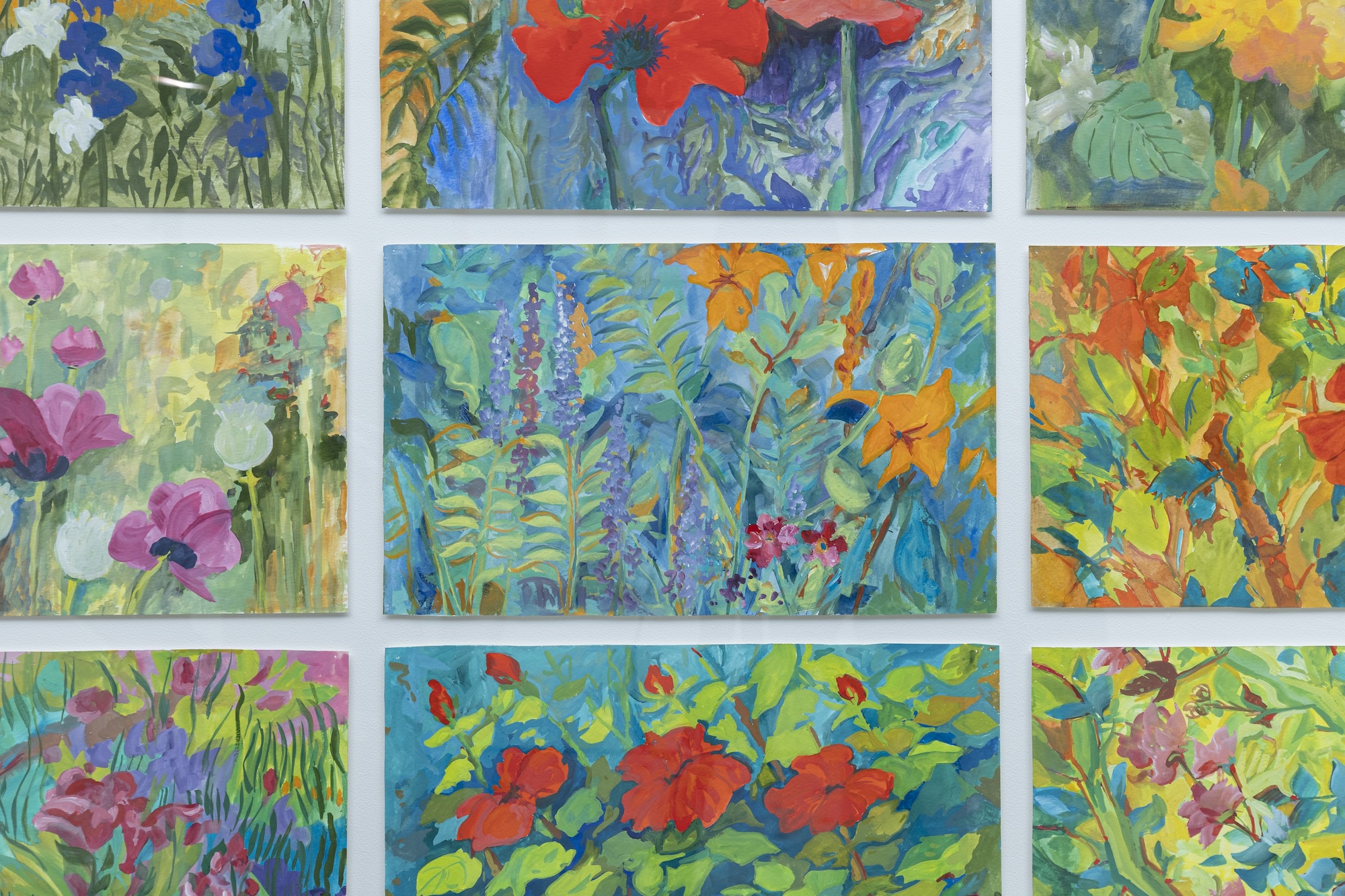
For Love, the M’s retrospective of art by the iconic Hazel Belvo, presented me with questions. Is a retrospective of a prolific artist who is still working after more than sixty years even possible? Can any single exhibition capture more than Belvo’s life-long project–creating art on one subject, one tree, for fifty years? Could the context of Belvo’s life as an artist and woman, her half-century plus as a feminist come through? Given her distinct deep-dive approach to subjects, her various styles and the multiple methods she has used over many decades, I didn’t think any combinations of selected artworks could suggest the intensity of Belvo’s process or processes. An evening in For Love answered my questions and convinced me otherwise.

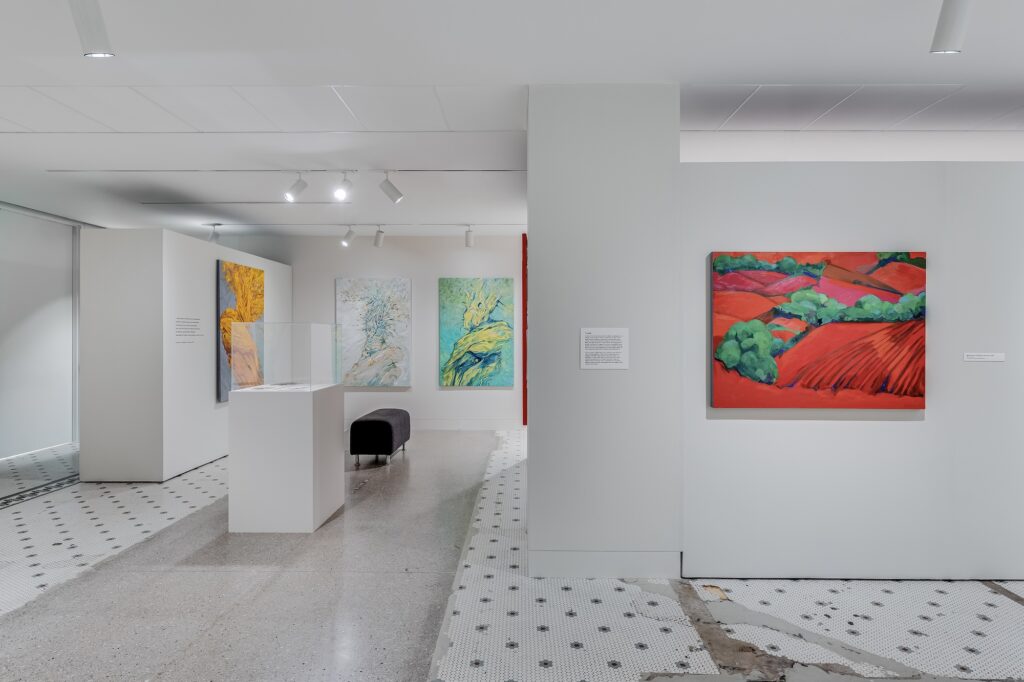
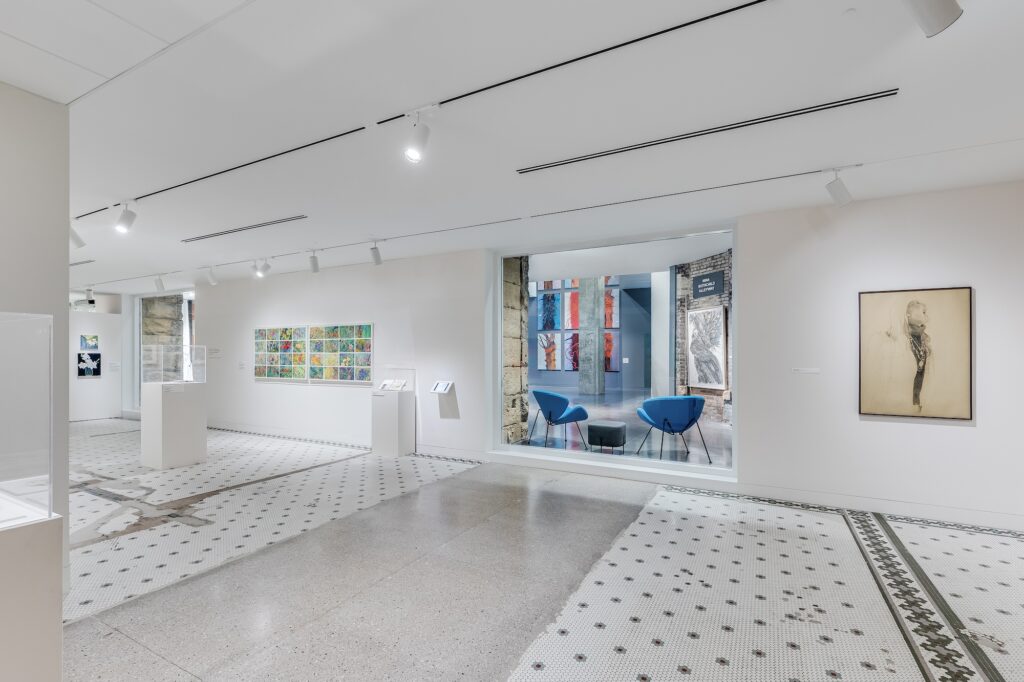
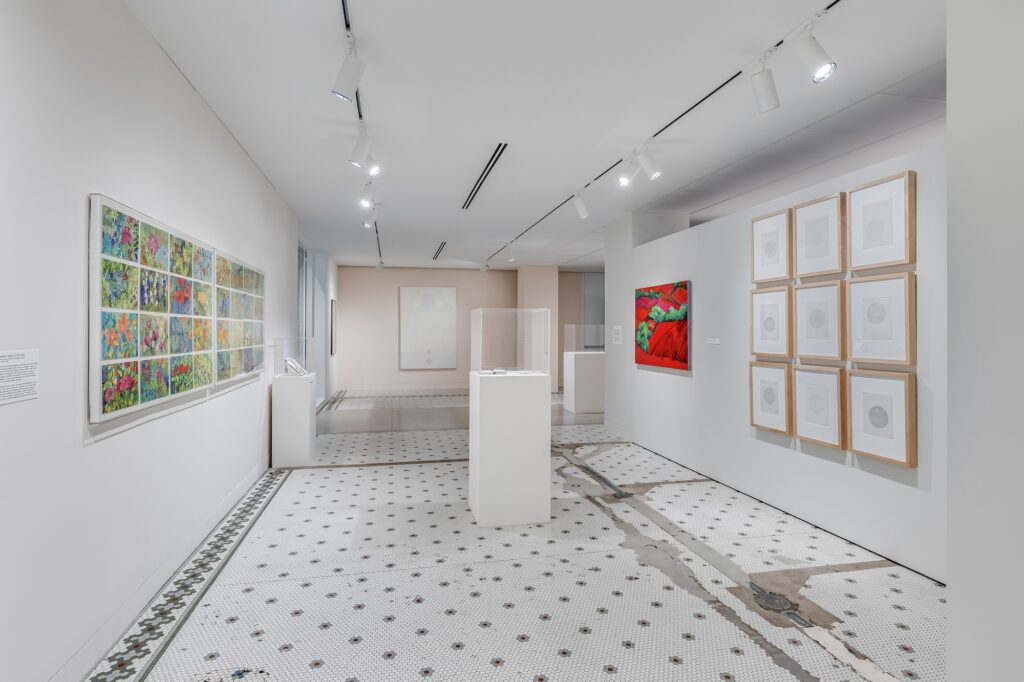
Yes, this intimate, engaging, colorful, and enduring presentation reveals an artist’s extraordinary accomplishments while it tells a woman’s life across decades. From motherhood, through the death of a child, to the birth of her youngest son and all the friendships and relationships in between, Belvo’s work creates a portrait of an American feminist living through years of great social and political change, but also living in connection to the generations before and after her. And, of course, this exhibition is about what we can share across time: it is about love.
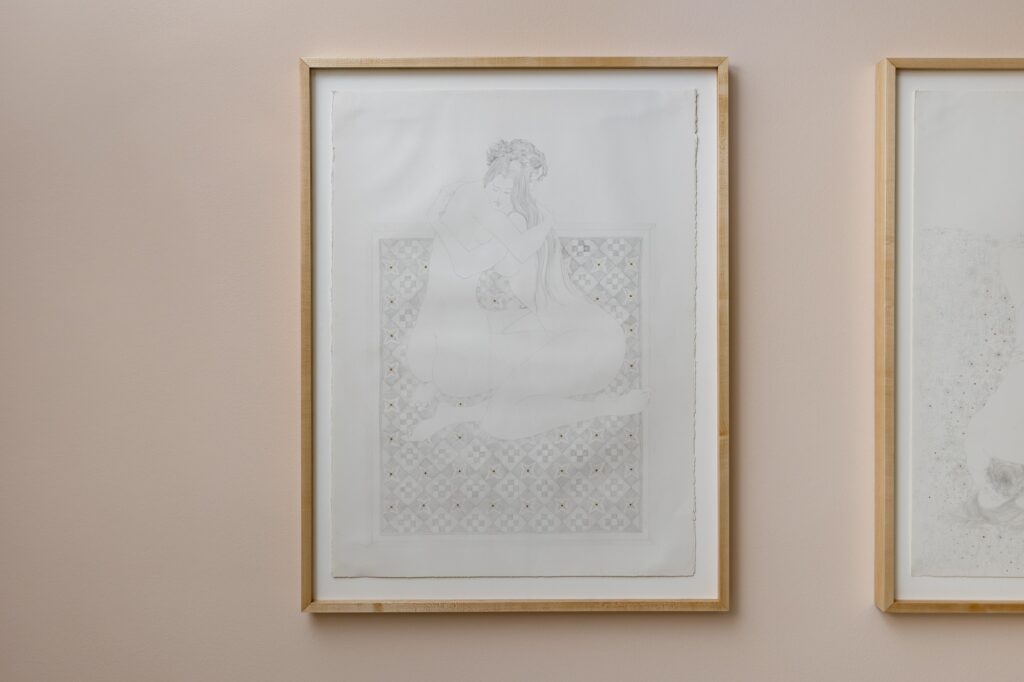
Belvo’s career appears ideal: she studied art in Ohio, she went on to the New School for Social Research in New York and socialized with the well-known artists of her day. She became an art professor. Her work was regularly exhibited and began to be acquired for major collections. But Belvo’s accomplishments were hard-won. Her first marriage ended, a beloved son died, her second husband’s career overwhelmed her own at times, and she found herself living in Minnesota rather than on the East Coast where she had a community of artists and could retreat to arts enclaves on the Atlantic shore. Still, she persisted in her vision, practice, and political activism for women in the arts. Her mentorship of younger artists at Minneapolis College of Art and Design made her respected and beloved by new generations of artists. She met another artist to share her life, Marcia Cushmore, and eventually the two established a studio on the North Shore and teach at the Grand Marais Art Colony. Remarkably, For Love tells the entire scope of Hazel Belvo’s story through her own images and with carefully chosen labels that give Belvo’s context. The resulting exhibit is infused with Belvo’s highly personal sense of history, humor, and care.
The paintings and drawings in For Love most often present female figures in moments of care: grandmothers, mothers with children, women together, women embracing, women at work. Many of these images are life-sized, which increases the intimacy and immediacy of Belvo’s work. We are meeting ourselves in each one. We see, as well, a distinctly female form in her many depictions of the 400-year old Manidoo Giizhikens, the Spirit Little Cedar Tree, that lives perched over Lake Superior not far from the artist’s home near Grand Marais, Minnesota.
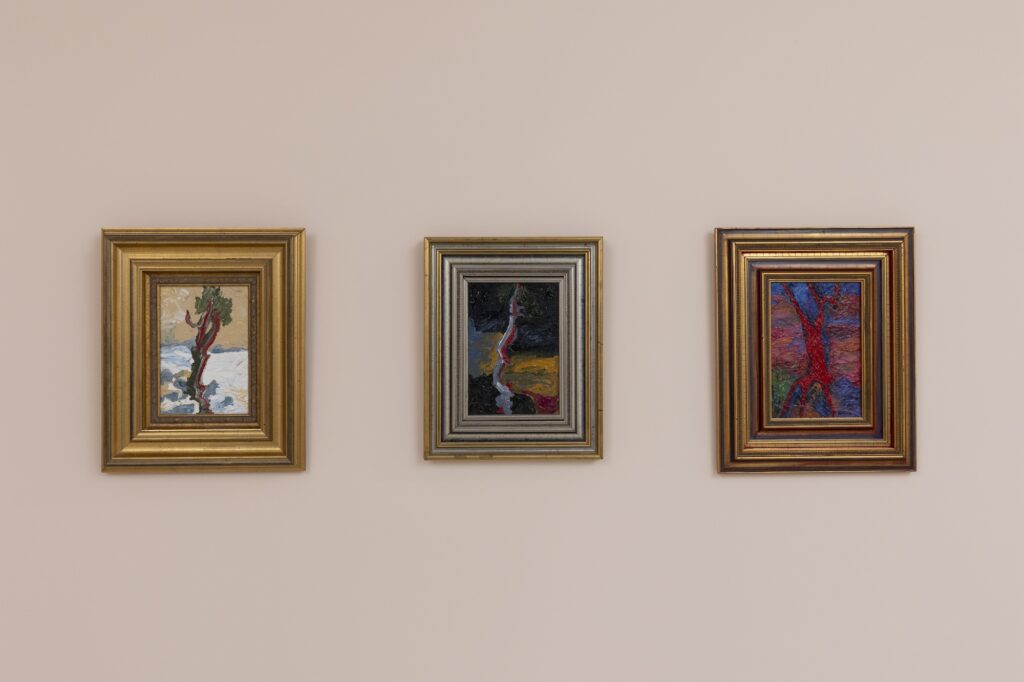
Although most of the works in the exhibition center on human forms, the selection of works on the tree is concise, focused most notably on extraordinary early and late examples selected from an enormous body of work. An early example depicts Manidoo Giizhikens in a stark manner that uses tobacco juice and vermillion, substances with deep significance to the Ojibwe people, Belvo’s relatives by marriage and motherhood. These spare drawings achieve all the drama of the larger tree paintings that follow. An exceptional later example, the lushly periwinkle and twilight-hued paintings: Spirit Tree Meditation: Dusk l and Dusk ll (1989-90) give us the sense of time as a setting that is important to comprehending the enormity of Belvo’s fifty years dedicated to painting the tree in every hour of the day. Paintings from Belvo’s more recent investigation of an ancient and thorn-encased honey locust tree are also included in Spirit Tree: Honey Locust, a series of paintings that bristle with color, power, endurance.
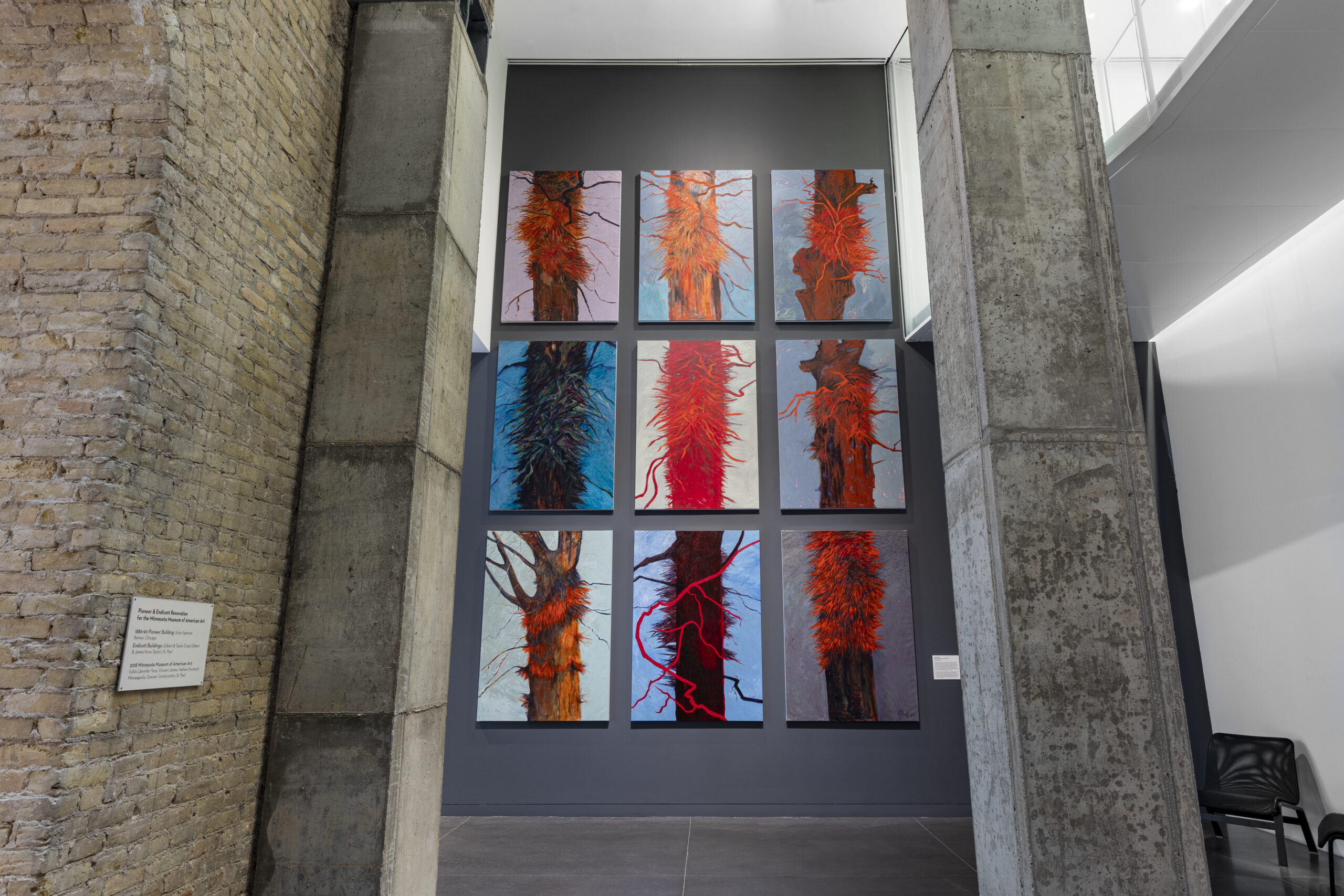
Belvo’s work speaks of endurance and answers the question implied with the exhibition title: why do we endure? For Love.
For Love adds up to a passionate statement of self in time. The exhibition appeals to our shared human sense of embodiment and relationality. As a woman at sixty, I received Belvo’s life-sized works of female-bodied figures as if meeting friends, relatives, and even myself.
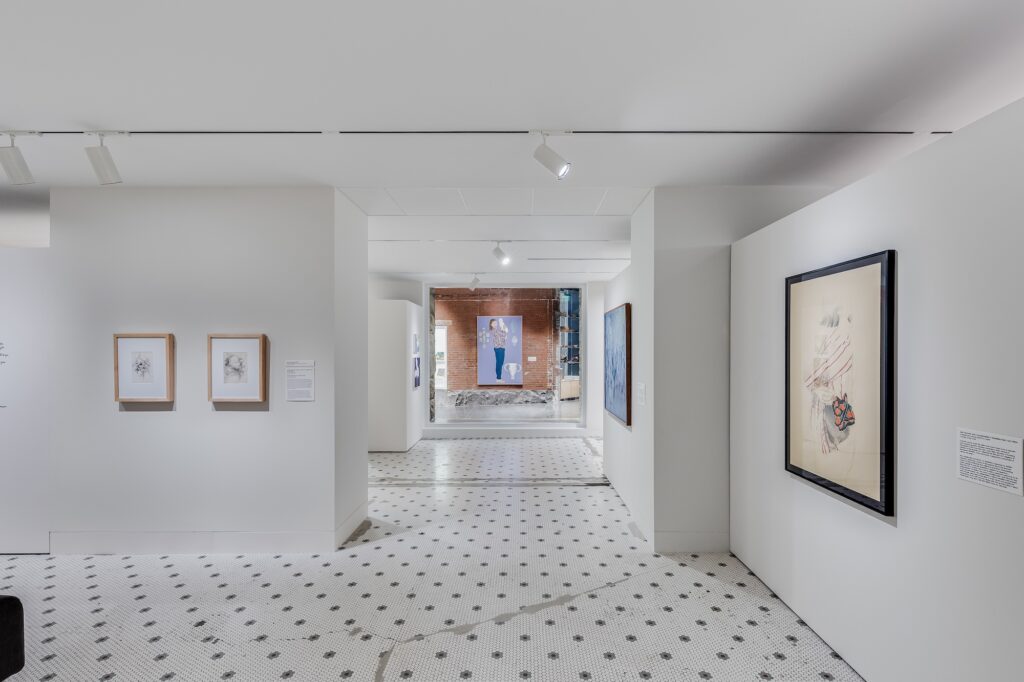
My college-aged child and male spouse also described a deeply personal, almost physical experience of Belvo’s work. In particular, Hazel and Rachel with Magical Objects (1994), a self-portrait of Belvo holding an infant, moved all three of us with its tenderness, humor, and vital energy. The figure seems to be caught in a moment both casual and celebratory, the way life happens. We stood before it quite a while: here was a marker in time, an emblem of a moment that we all experience, whether parent or child or aunt or friend or caregiver. We have all been held in infancy and we have grown and survived to become the one capable of lifting another up. And so it goes on. All of this came to us in one painting of the more than forty works of Belvo’s art in For Love.
Although I would describe very few of the works in For Love as narrative art, Belvo is a wonderful storyteller and I have known her as such for ten years. We first met to discuss the exhibition history of her ex-husband and life-long friend, the Ojibwe painter George Morrison, who died in 2000. Her stories about George and her catalogic memory of his work, their shared life, and the occasional intertwining of their careers are fascinating. However, in important ways, Belvo’s history of Morrison’s career also lives outside the story of her own life’s work. Because I had heard some of Belvo’s stories when I was writing about her tree project, I received For Love as an illustration of her biography as I had heard her tell it. But you don’t have to know a thing about Belvo to get a sense of her life in For Love. A few inclusions of cultural references and the way we see figures age in portraits tell a life story to anyone who visits this exhibit, and that is one of its delights. The titles and notes in the exhibit fill with Hazel’s stories, the tragic, tender, truthful moments that were endured and are celebrated through the practice of a dedicated and extraordinary artist.
For Love feels like a gift, both from and to the artist. While the M has given a rare retrospective to a living Minnesota legend, Belvo gives visitors moments where we can consider the many varieties of deep love, deep grief, empathy and amazement and those artworks ask only that we stand there with them a moment, that we stand together in being human.
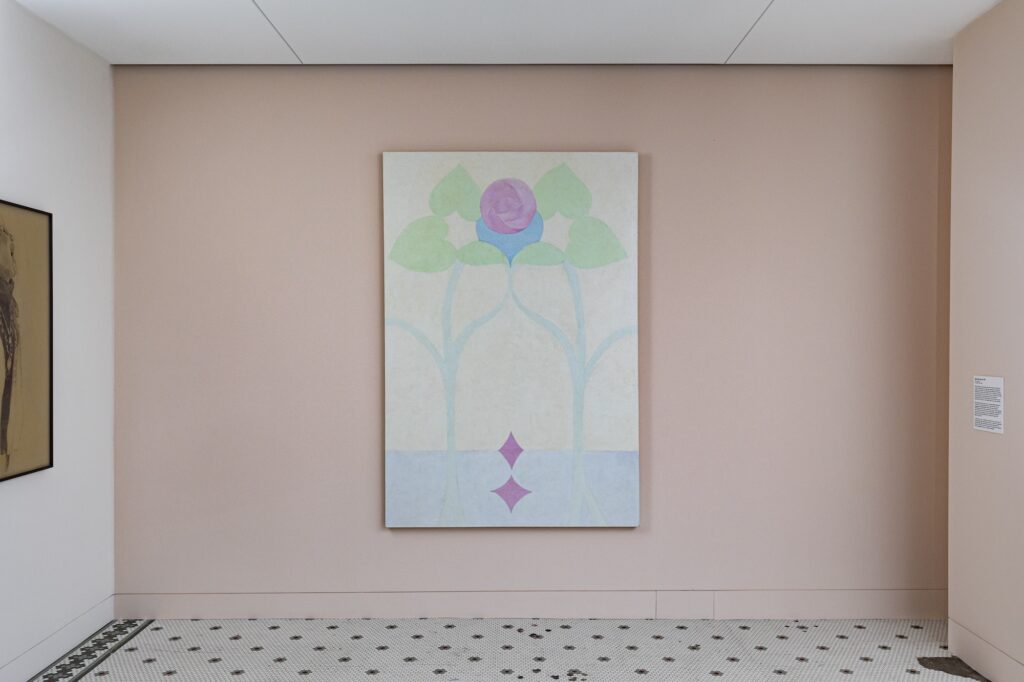
Hazel Belvo: For Love is on view at the Minnesota Museum of American Art November 4, 2023 – May 26, 2024. → More information